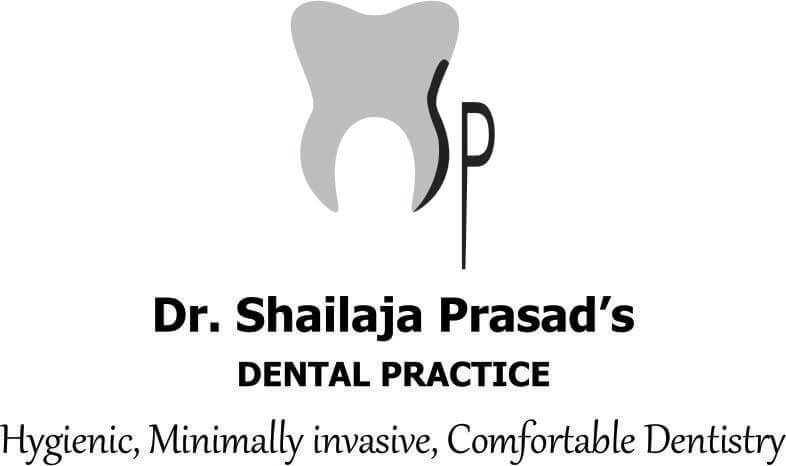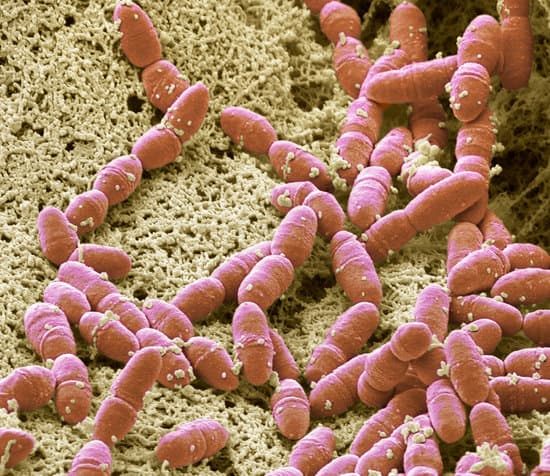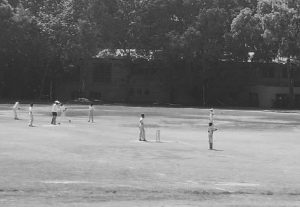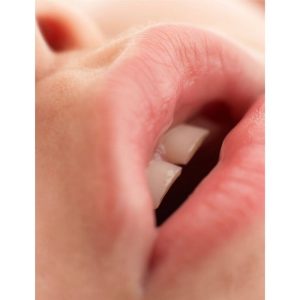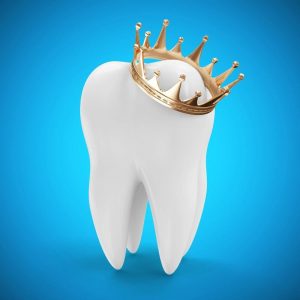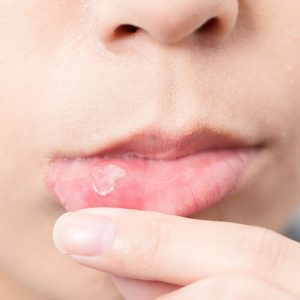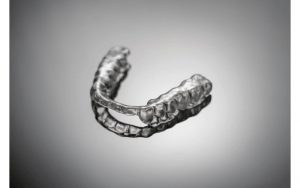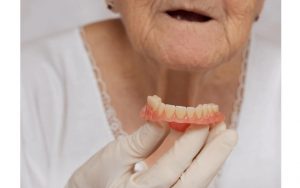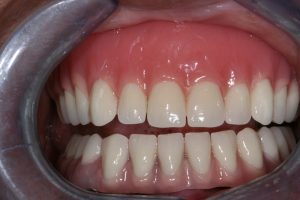A high schooler whose mother had taken an appointment showed up at the appointed time for just a “regular check-up and perhaps a cleaning” as the mother explained over the phone.
The teenager was on the brink of college admissions, a casual conversation revealed. “I can imagine that must be very stressful” I quipped. We got on with the customary exam and cleaning when I noticed an ever so slight dark appearance on one of the premolar teeth. I advised a small X-ray and was surprised to find a slightly dark shadow on not only the premolar tooth, but the adjacent teeth as well. I suggested X-rays for the other teeth and lo and behold there were similar shadows on many more teeth. Luckily the “lesions” were only in the enamel and did not “break” the continuity of the enamel.
The teeth were not bothering the teen and she swore that she did not have a sweet tooth either. Upon prodding the student’s diet, we realised that in order to stay awake at night she had developed the habit of consuming a “red bull” every night for months.
How do cavities develop? It all starts with a small white dot called “plaque” which is nothing but an accumulation of bacteria on the surface of the tooth. Any sugary food or drink is fodder for the bacteria that release “acid” as its by-product. This acid is what “cavitates” or drills the enamel of the tooth and allows the bacteria to enter the softer “dentine” within the tooth.
At night the salivary glands are most inactive and literally “go to sleep”. Saliva is the best anti-cavity buffer that can neutralise the acidic environment of a plaque ridden mouth. To add fuel to fire, our high schooler was consuming a sugary drink every night. This is what had caused the “incipient” caries on multiple teeth. Luckily this was detected on time due to the digital X-rays taken at my dental clinic. The treatment was conservative with check ups recommended once every 6 months. A custom tray that went over the patient’s teeth was fabricated. A product containing a “remineralizing” agent was provided for application within the tray and wearing it every night. Further recalls revealed no progression of the decay and this case was thus managed very conservatively. I would hate for a 17-year-old to be saddled with multiple restorations in the mouth!
Moral of the story: Physical removal of plaque aka brushing and flossing is the best way to prevent an “attack of the cavities “. Cavities develop in the mouth and not just in the teeth. External factors including psychosocial factors as is demonstrated in this case, are responsible for an acidic oral environment that breeds cavities. The old adage “Sleep tight; Don’t let the bugs bite! “has never been more apt than in this situation!
